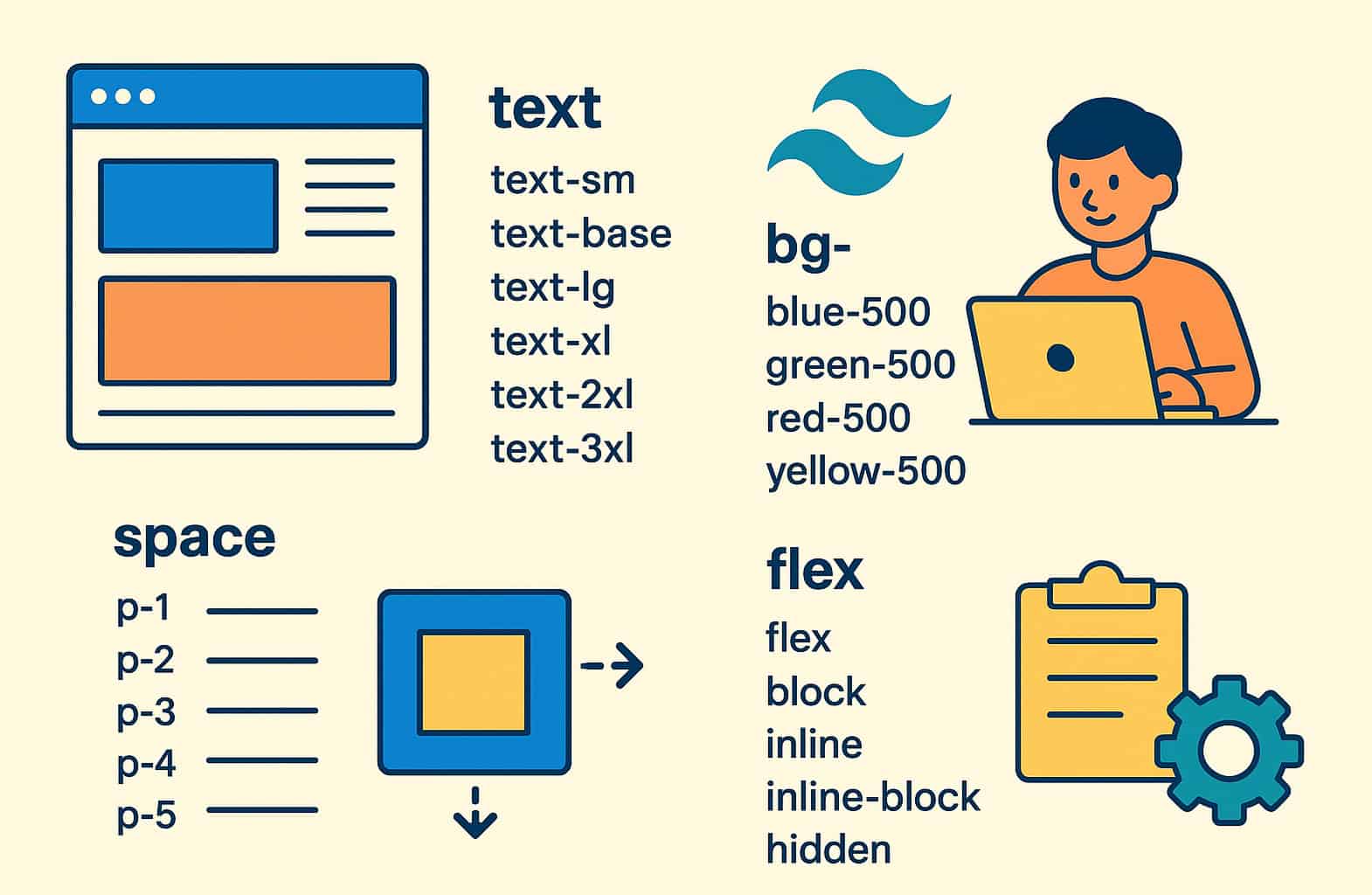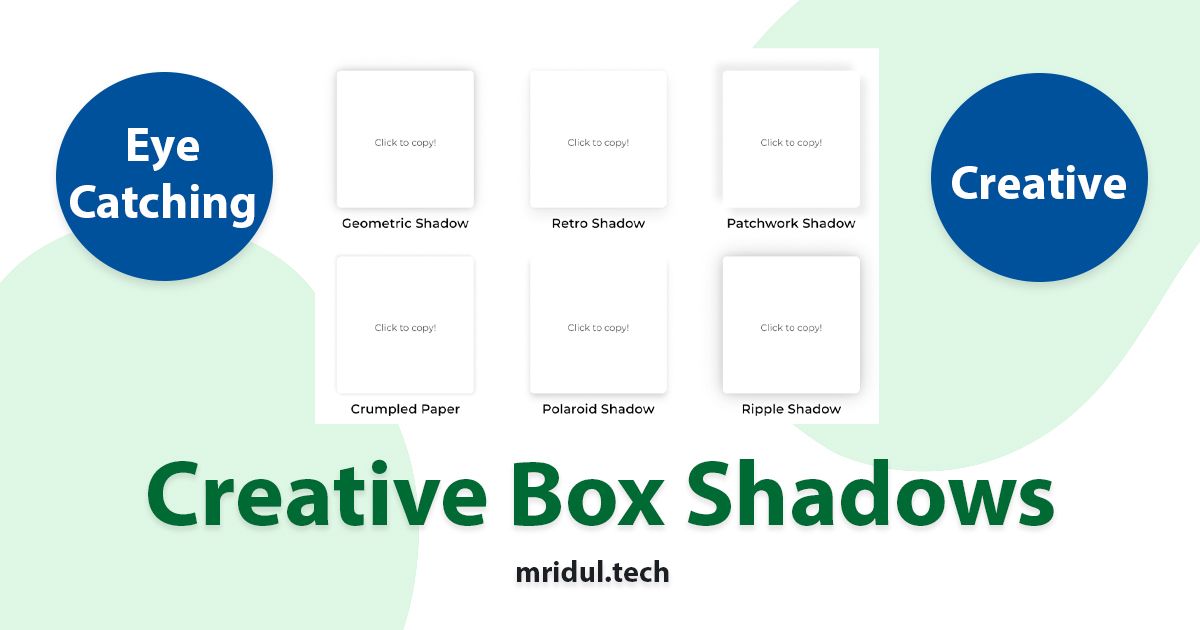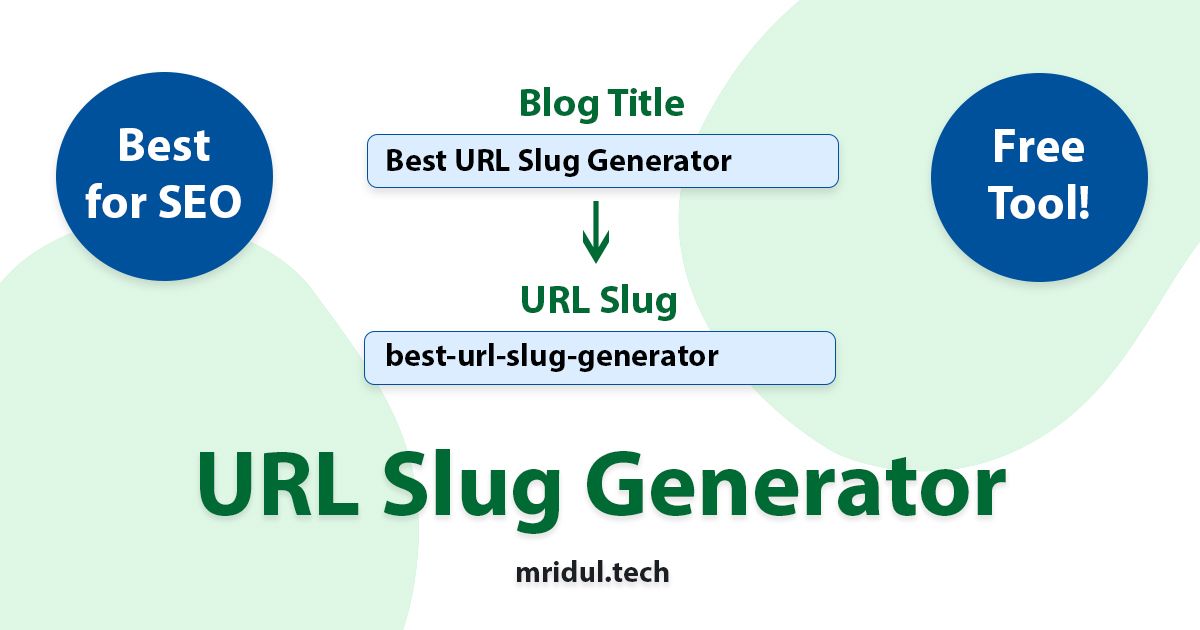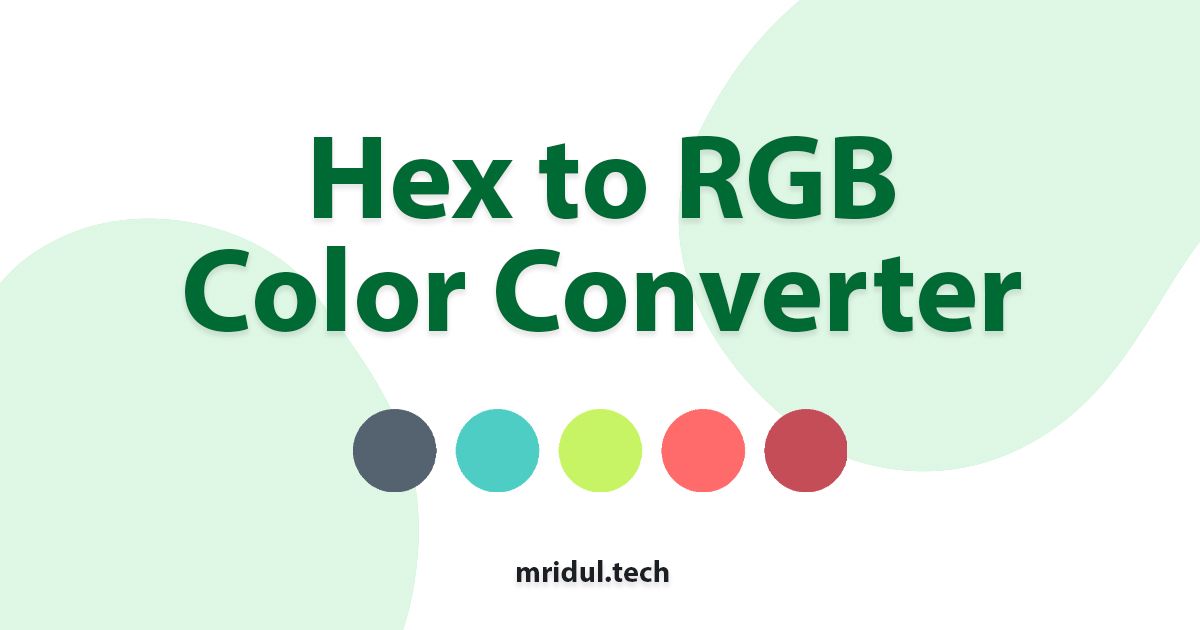What Is Text-to-HTML Ratio?
The text-to-HTML ratio refers to the amount of visible text content on a web page compared to the HTML code required to render that page. It's typically expressed as a percentage. For example, if a page has 15KB of visible text and 100KB of HTML code, the ratio is 15%.
A higher ratio suggests that the page is rich in valuable content and free from excessive markup, scripts, or inline styles-signals that search engines often associate with higher quality websites.
Why Text-to-HTML Ratio Impacts SEO
1. Faster Page Load Speed
Search engines like Google prioritize fast-loading pages, and a bloated HTML structure can delay rendering and indexing. When unnecessary tags, nested tables, and inline JavaScript clutter the code, the page speed suffers.
Pages with a lean HTML footprint and ample text content load faster, reducing bounce rates and improving Core Web Vitals-all of which contribute to better rankings.
2. Easier Crawlability
Search engine bots have a limited crawl budget per site. Excessive HTML makes it harder for bots to index the content quickly and accurately.
By optimizing the text-to-HTML ratio, we minimize crawl barriers, allowing bots to access relevant content efficiently. Clean code ensures that our most important content is discovered and indexed first.
3. Better Content Indexing
A high text-to-HTML ratio clearly signals to search engines that your site prioritizes content over code. Since content is the cornerstone of SEO, this balance enhances the page’s semantic value and keyword richness.
Well-structured content with semantic HTML5 tags like <article>, <section>, and <header> also improves contextual relevance, making it easier for search engines to determine the topic of the page.
4. Improved User Experience
Users visit websites to consume information. When the visible content is buried under a mountain of code, it hampers readability and engagement. A clean text-to-HTML ratio ensures that the content is front and center, enhancing accessibility and UX design.
This boosts dwell time, reduces bounce rate, and improves conversion, all of which are positive behavioral metrics that indirectly benefit SEO.
What Is a Good Text-to-HTML Ratio?
Although there is no absolute standard, SEO professionals agree that a text-to-HTML ratio of 25% or higher is ideal. Ratios below 10% may indicate problems like:
- Bloated HTML structure
- Overuse of inline styles or scripts
- Lack of meaningful content
- Poor website design practices
By aiming for a higher ratio, we show that our website focuses on delivering value, not just flashy design or excessive third-party scripts.
How to Improve Text-to-HTML Ratio
1. Audit and Clean Your Code
Run your pages through tools like W3C Validator or Screaming Frog to identify and eliminate:
- Redundant <div> and <span> tags
- Nested tables and outdated layout techniques
- Inline CSS and JavaScript
- Comments and empty tags
Use external stylesheets and defer non-critical scripts to reduce HTML clutter.
2. Increase Meaningful Content
Add more high-quality, keyword-rich text to your pages:
- Create detailed product or service descriptions
- Add FAQ sections
- Embed blog summaries or customer reviews
- Use bullet points and rich headings
Ensure that your content is well-written, informative, and structured with semantic tags like <h1>, <h2>, <p>, and <ul>.
3. Use Lightweight Frameworks
Frameworks like Bootstrap can bloat your HTML if not used judiciously. Opt for custom CSS or lightweight UI libraries to keep code efficient. Avoid unnecessary plugins and third-party embeds unless absolutely essential.
4. Remove Unused Code and Plugins
Audit your CMS or website builder regularly. Remove:
- Unused themes or templates
- Outdated JavaScript libraries
- Inactive plugins and widgets
Keeping your codebase clean reduces HTML size and improves maintainability.
5. Optimize Media and External Elements
Avoid inline base64 image encoding unless necessary. Use image optimization tools and host media externally via CDNs when possible. Also, defer loading for non-critical resources to enhance initial page speed.
Real-World SEO Gains from Optimizing Text-to-HTML Ratio
In competitive niches, minor tweaks can deliver substantial SEO results. Sites that have cleaned up their HTML and enriched their content have seen:
- 20–35% faster page loads
- Reduction in bounce rates by 15–25%
- Increased visibility in Google’s featured snippets
- Higher average time on site
These improvements directly affect search engine rankings, organic traffic, and user retention.
Frequently Asked Questions (FAQs)
What is the text-to-HTML ratio?
The text-to-HTML ratio is the percentage of visible text content on a webpage compared to the total HTML code used to render that page. For example, if a page has 15KB of text and 100KB of HTML, the ratio is 15%.
Why is the text-to-HTML ratio important for SEO?
A higher text-to-HTML ratio indicates that a page contains more meaningful content relative to its code. This improves crawlability, page load speed, and user experience—all of which positively influence SEO.
What is a good text-to-HTML ratio for a website?
SEO experts generally recommend a text-to-HTML ratio of 25% or higher. Anything below 10% may suggest excessive HTML, poor design practices, or lack of valuable content.
Does Google use the text-to-HTML ratio as a ranking factor?
Google doesn’t officially list it as a direct ranking factor. However, improving your ratio often leads to faster load times, better crawlability, and improved content visibility, which indirectly benefits SEO rankings.
How can I check the text-to-HTML ratio of my website?
You can check it using SEO tools like Screaming Frog, GTmetrix, or other online ratio checkers. These tools calculate the ratio and highlight unnecessary code that can be removed.
Can a low text-to-HTML ratio hurt my SEO?
Yes. A low ratio may slow down page load speed, make crawling harder for search engines, and reduce content visibility. This can negatively impact rankings and user engagement.
Does increasing content improve the text-to-HTML ratio?
Yes. Adding more high-quality, keyword-rich content such as product descriptions, FAQs, or blog summaries increases the ratio and improves user experience.
How does the text-to-HTML ratio affect user experience?
A good ratio ensures that users see valuable content quickly without being bogged down by bloated code. This improves readability, engagement, and dwell time on your site.




















